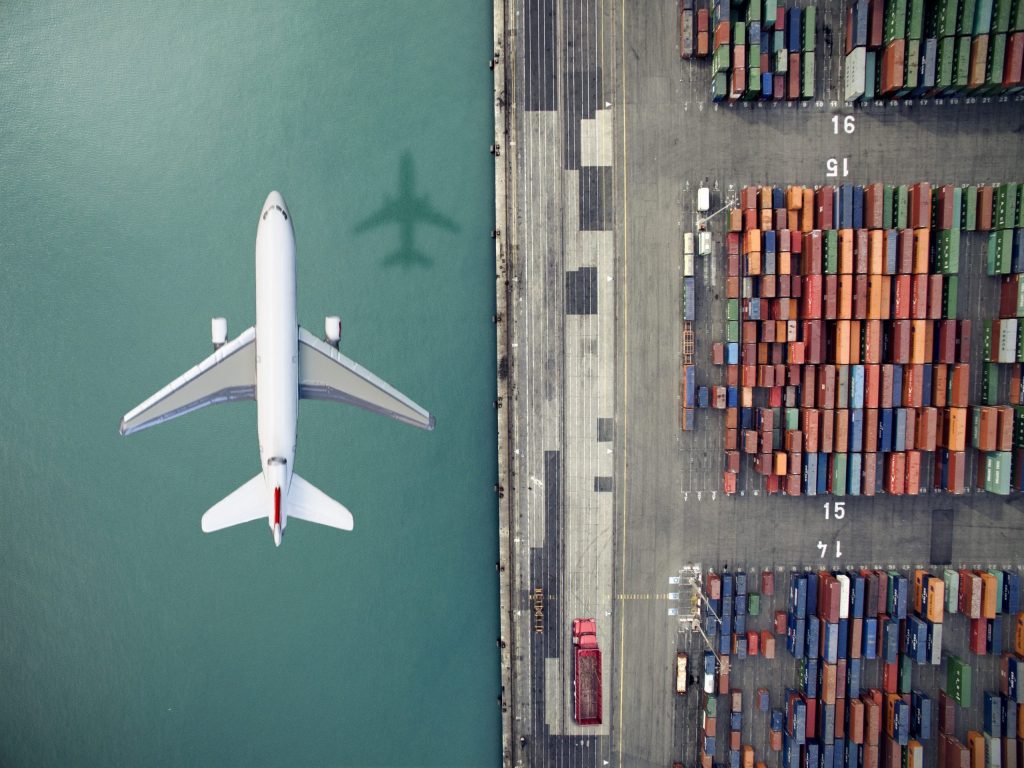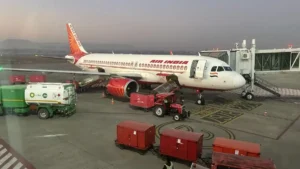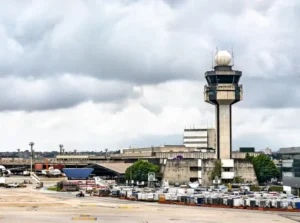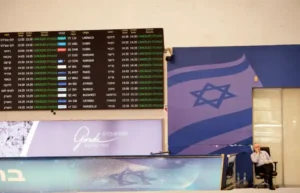Surging Airfreight Powers Through May, Fueled by E-Commerce Boom
Despite traditional expectations of a seasonal slowdown, the global air cargo market continues to thrive, driven by unexpected strength in May.

Image Source: Farro.com
Contrary to predictions, airfreight volumes have maintained their momentum since China’s Lunar New Year holiday in February. The ongoing conflict in the Red Sea region has prompted Asian exporters to opt for air transport over slower ocean routes, while Chinese e-commerce platforms drive robust bookings for deliveries across Europe and North America.
April saw an 11% year-on-year growth in air cargo demand, marking the fourth consecutive month of such growth, according to Xeneta. The International Air Transport Association (IATA) also reported a 10.3% increase in volumes for March and a 13% growth for the first quarter. This sustained double-digit growth over five months signifies a solid recovery from the downturn experienced in 2022.
The trend has extended into May, with recent data from WorldACD and Xeneta showing a 12% to 16% increase in volumes.
While demand in the Indian subcontinent and Southeast Asia has slightly tapered due to more predictable ocean shipping schedules, overall volumes remain significant. Factors such as the Muslim Eid holiday and flooding in Dubai airport caused a temporary dip in April, but this was offset by a surge in flower volumes from Central and South America.
North America stands out as the primary destination market for air-shipped flowers, consuming over 60% of all flowers flown from Latin America and Africa combined, according to WorldACD. For instance, Latam Airlines reported a 20% increase in flower volumes leading up to Mother’s Day compared to the previous year.
Airlines’ cargo revenues for the first quarter reflect the improved business climate, with narrower year-over-year declines compared to 2022. Cargo spot rates, which were significantly lower a year ago, are now on par with 2022 levels, hovering around $2.50 per kilogram. Despite a 5% year-on-year increase in cargo capacity, load efficiency has decreased slightly to 59%.
Asia-Pacific air exports remain strong, with April volumes up 13% compared to the previous year (although flat compared to 2019). Additionally, spot rates from northeast Asia to the U.S. have rebounded by over 30% year-on-year post-Lunar New Year. Conversely, air shipping prices from the Middle East and southwest Asia have surged by 42% due to longer ocean transit times around Africa.
The unexpected resilience and growth in the airfreight sector underscore its pivotal role in global trade and logistics, driven largely by the booming e-commerce market and shifting trade dynamics.











